Estonia connects the dots between Scandinavia, Central Europe and what lies to the east
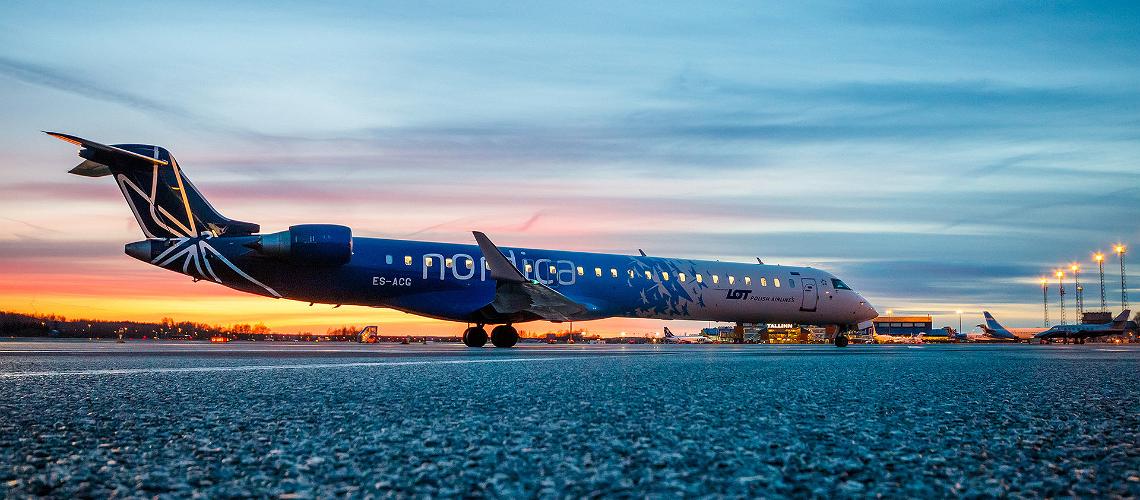
Hop over!
You can fly, sail, ride or drive to Estonia from anywhere in Europe. Located in the Northeast of the continent, this small coastal country is just a short ferry trip away from Finland and Sweden or a bus ride from such European capitals as Warsaw and Berlin. The airport and ferry port in the capital are both located in close vicinity to the city centre, which makes short city breaks extremely convenient.
A popular way to visit Tallinn for the first time is to take a day trip from Helsinki, with the ferry trip averaging up to 2 hours each way.
Photo by: Nordica, Visit Estonia FlickrEstonia's capital Tallinn is the best-preserved medieval city in Northern Europe
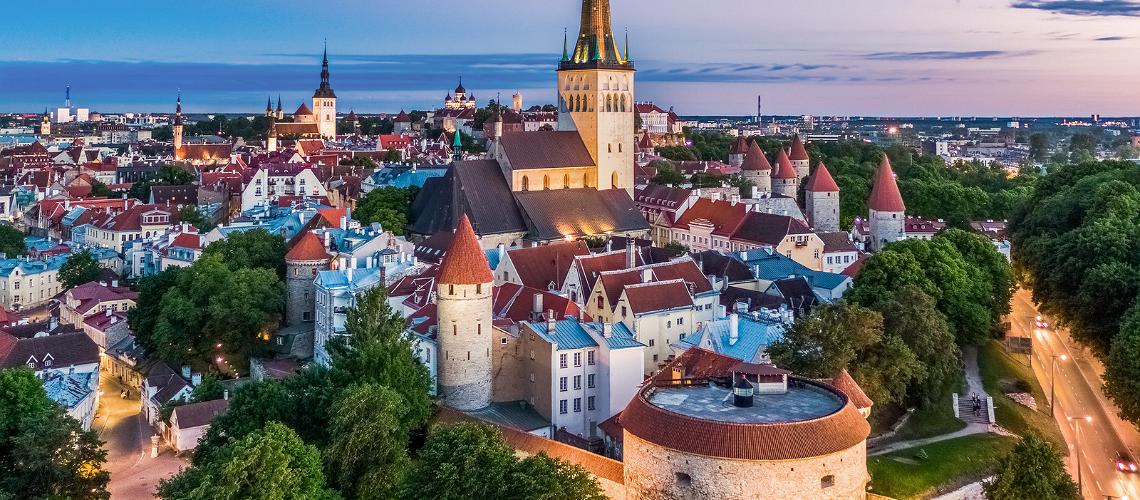
Fairytale-like Oldtown
Estonia's UNESCO world heritage capital Tallinn was granted city rights in the 13th century by the King of Denmark. Since then, the streets of Tallinn have seen many world powers, from the Danes and Swedes to Germans, and tsarist and Soviet Russia. Tallinn's Old Town is filled with medieval houses and alleyways and is still protected by the remnants of the city wall. The wealth of architecture in Tallinn means that there are many legends and stories to explore. In addition to the city's medieval core, newly revamped districts such as Noblessner, Telliskivi, and Rotermann are popping up at lightspeed, offering even more cool architecture to explore.
Photo by: Kaupo Kalda, Visit EstoniaEstonians speak Estonian...as well as English, Russian, Finnish and German
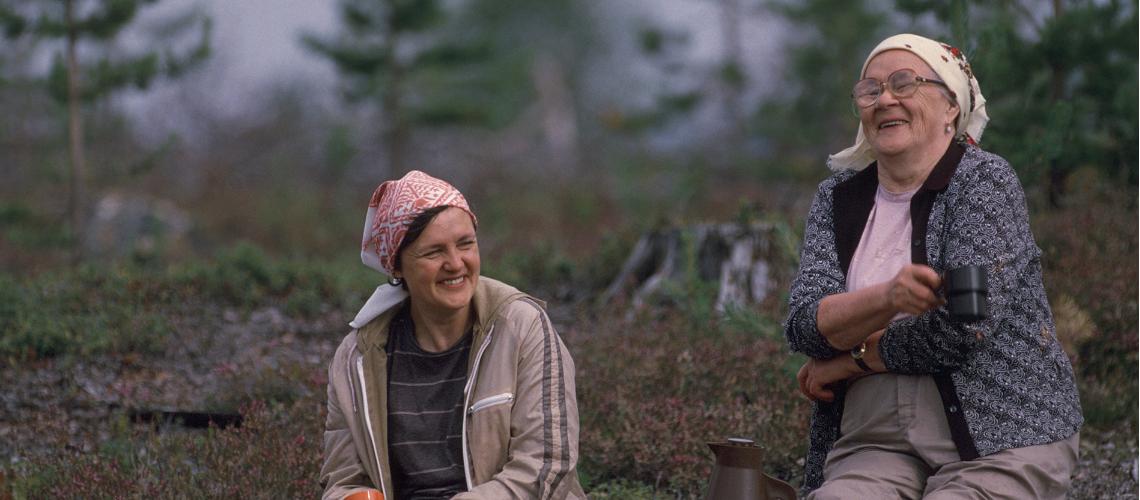
No Language Barriers Here
The Estonian language is something unique to the country and sounds different from anything else in Europe. Because of its melodic sound and long vowels, there's an ongoing joke that many visitors think Estonians speak elvish. This magical-sounding language is in fact Estonian, a Finno-Ugric related to Finnish and Hungarian.
Today Estonians tend to speak at least two languages, most often Estonian, English, and possibly something else. In fact, according to recent studies, they are among the best English speakers in Europe. However, While the millennials usually know two languages fluently on average, the older generations of Estonians are often fluent in Finnish and Russian in addition to English and Estonian. So no matter what you speak, communication will be possible.
Photo by: NieminenEstonia is about 50% forest
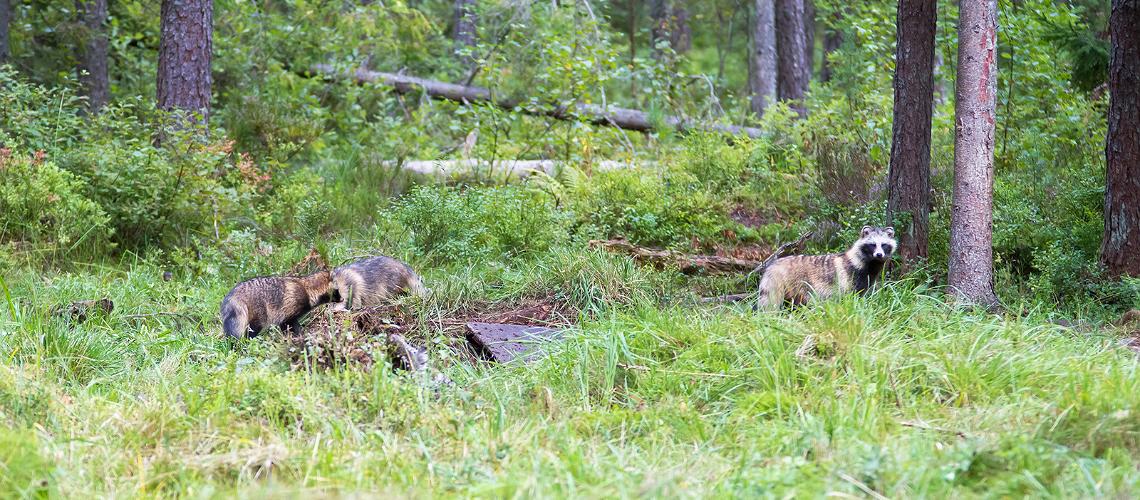
Where the wild things are
It's fair to say that Estonians have a particular tree-hugging spirit. About half of the country is covered by forested land, and almost a quarter is protected by nature. As a result, Estonia has the 4th best air quality in the world. Naturally, with so much greenery, Estonians have a special connection to the outdoors.
Estonians love their nature. That means forests, bogs, and all the creatures that live there. The country's wildlife includes lynxes, brown bears, wolves, foxes, rabbits, and deer. In the spring and autumn, birdwatching is an extremely popular pastime attracting people from all over the world.
Photo by: Jürgen Voolaid, Visit EstoniaEstonia has a population of just 1.3 million but is larger than Denmark or Holland
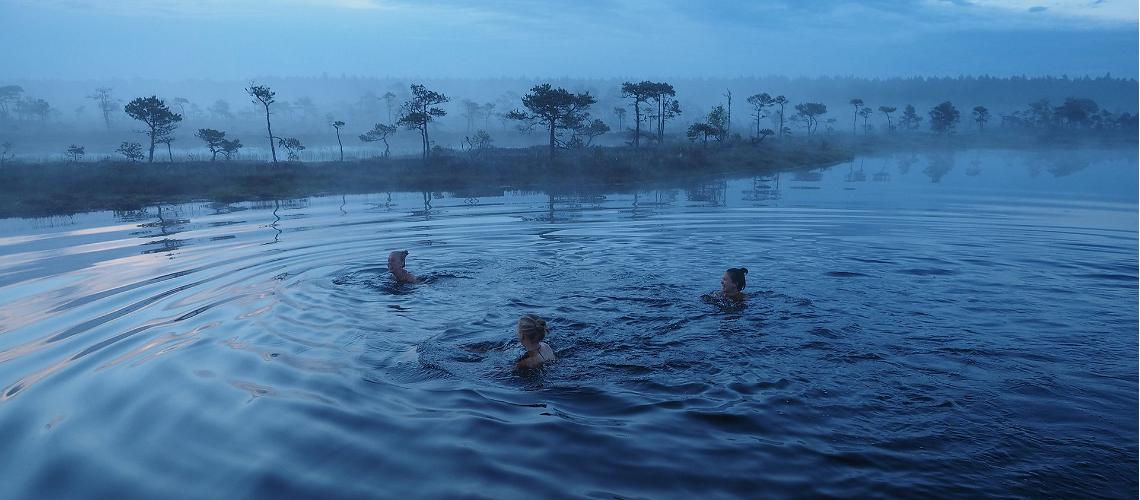
Stretch out and relax
Being among the least densely populated countries in Europe, Estonia makes for a great nature and city break destination for those looking to stretch out their limbs and enjoy some peace, quiet, and solitude. In the recent five years, immigration has been driving a subtle population growth year by year.
Photo by: Kristjan LustEstonia has over 2000 islands
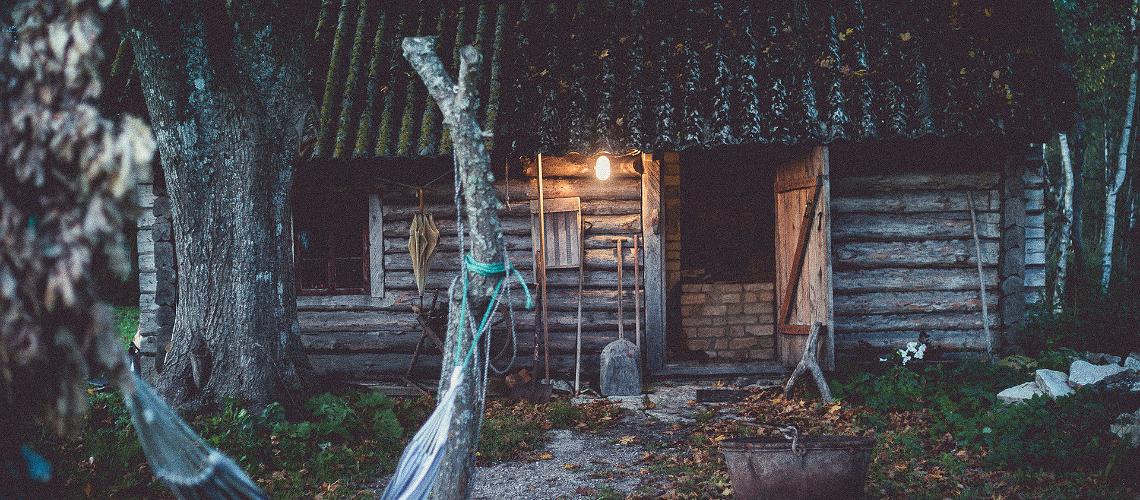
Roots deep within
Estonia is the only Baltic country with a deep-rooted and extensive island culture. Although most are uninhabited, Estonian islands tend to be rural, with some holding traces of their local Viking and medieval legacy. Estonia's islands used to be populated by Estonian Swedes, many of whom left the region during WWII, leaving behind a wealth of culture that's visible to this day.
Today, many Estonian islands have their own unique coastal cultures, with traditional singing, dancing, food, and dress. Of course, no matter which island you're on, you'll be sure to enjoy plenty of fish and seafood dishes.
Photo by: Mariann Liimal, Visit EstoniaThe Estonian Song Celebration dates back to 1869, attracting thousands of singers every 5 years
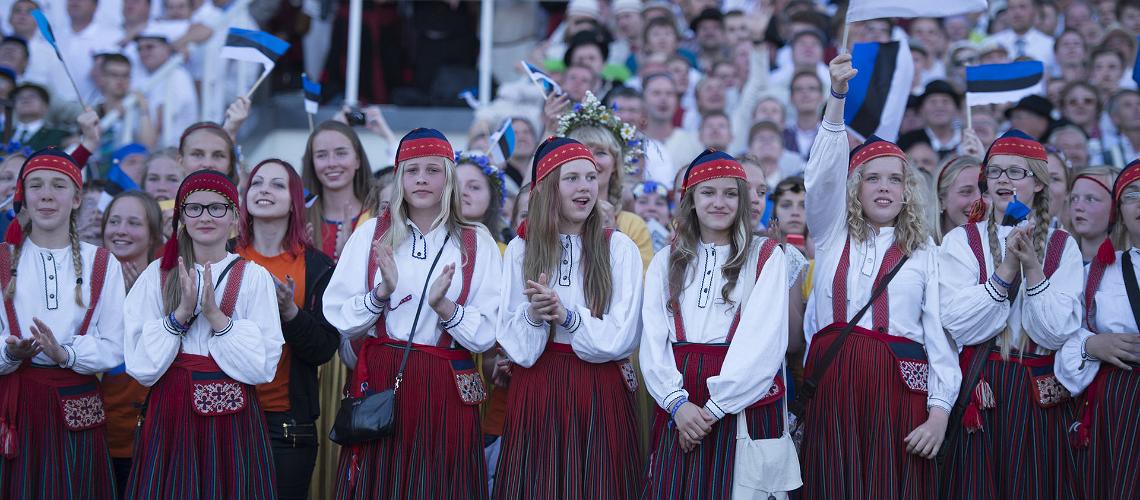
The singing nation
Estonian Song and Dance Celebration is the local signature event and a reason why Estonia is often referred to as the "singing nation". This mesmerising event is unique to Estonia has even earned the song and dance celebration a place at UNESCO's prestigious list of Intangible Cultural Heritage.
Alongside traditional choral music, Estonian hosts loads of music festivals from nearly every genre. It's safe to say that Estonian music plays a huge role in the country's culture. In fact, music and singing actually started Estonia's movement to regain independence.
Photo by: Jelena RudiEstonia is one of the least religious countries in the world
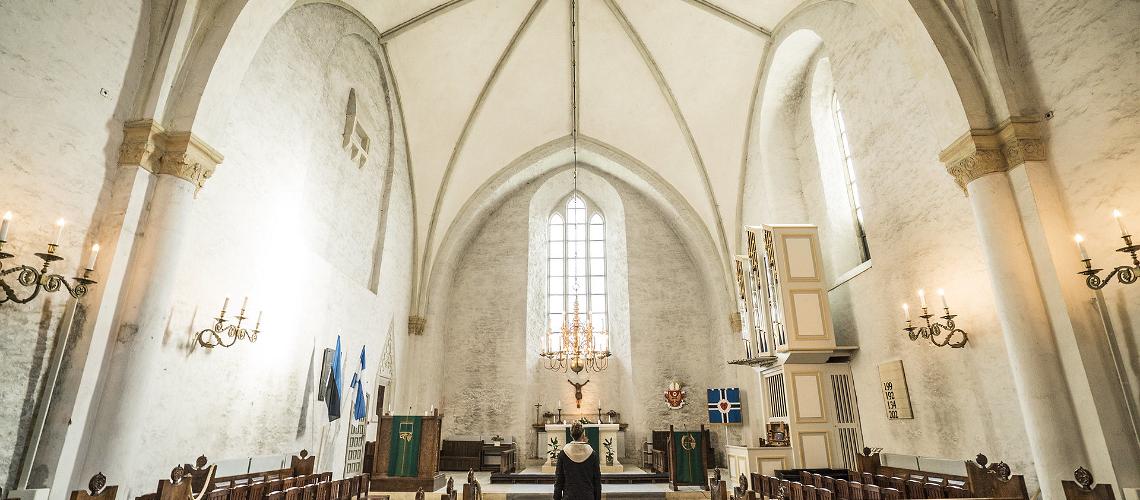
Architectural heritage
While Estonia has a great range of historical churches, only over a quarter of the population are affiliated with a particular religion. Of those who do follow a religion, Lutheranism and Eastern Orthodox remain the most prevalent faiths.
Photo by: Alari TeedeEstonia is a Digital Society

E-Estonia
From voting to signing documents to doing taxes online, Estonia implements a hassle-free and modern approach to doing errands. Offering digital services means less bureaucracy while adding more transparency and efficiency in some vital sectors such as healthcare and education. Residents can do nearly everything they need to online, like paying their taxes, getting a medical prescription, or even registering a business.
Additionally, Estonia is the first e-government in the world and offers e-residency to people from all over the world. Some of the recipients of the Estonian e-residency include Angela Merkel and Barack Obama.














